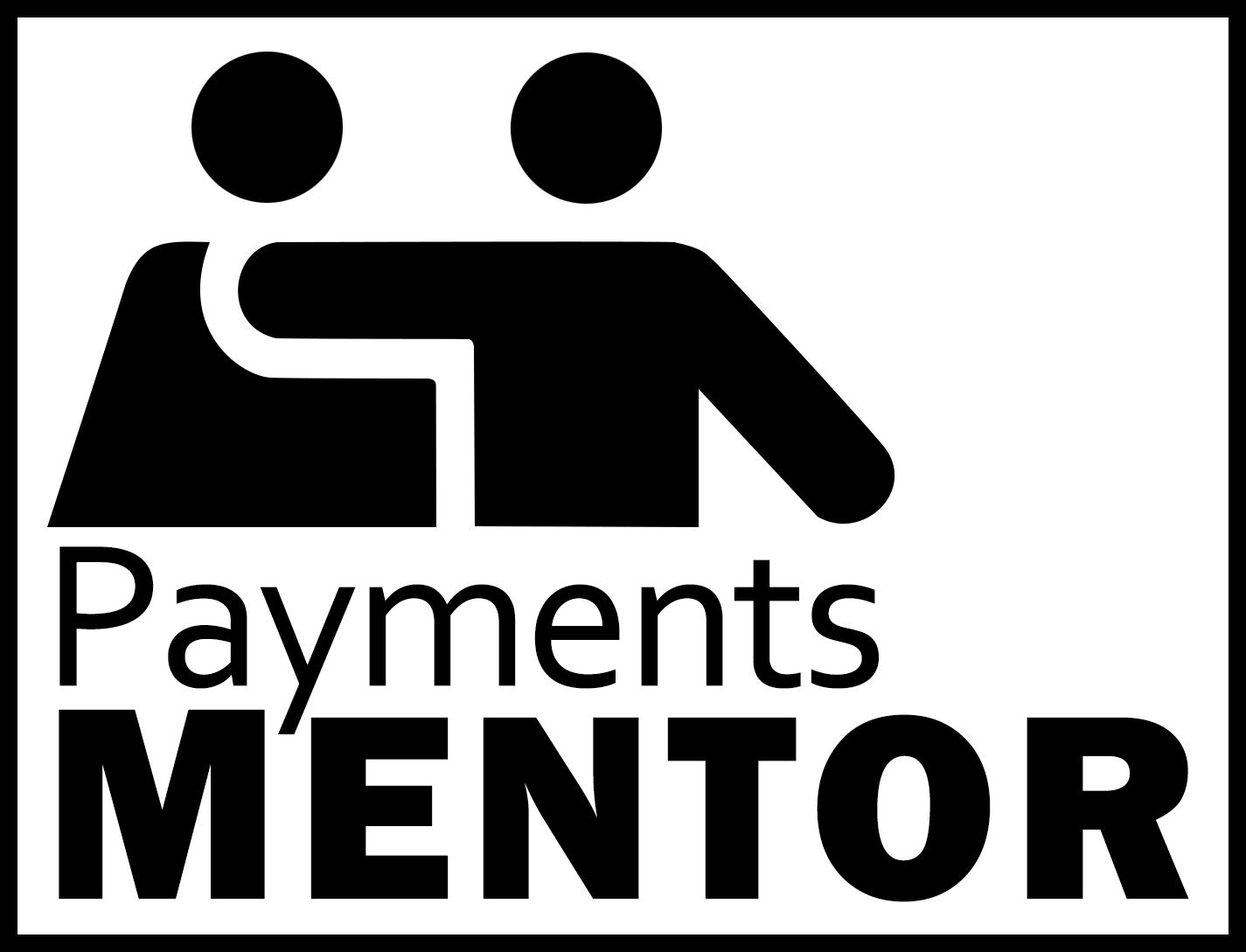Negotiating payment terms with your processor is a crucial aspect of managing your business’s financial health. By securing favorable terms, you can optimize cash flow, reduce expenses, and gain a competitive edge in your industry.
In today’s fast-paced business landscape, every dollar counts. That’s why it’s essential to approach payment processor negotiations strategically, armed with the right knowledge and tactics.
Effective negotiation can help you address common challenges, such as high transaction fees, inflexible contract terms, and limited payment options. By proactively seeking better terms, you can position your business for long-term success and growth.
Why Negotiating Payment Terms with Your Processor Matters
Securing favorable payment terms with your processor is a strategic move that can significantly impact your business’s financial well-being. By negotiating better terms, you can enhance cash flow, reduce expenses, and gain greater control over your payment processing.
Improved cash flow is one of the primary benefits of negotiating better payment terms. When you have more time to pay your processor, you can keep funds in your account longer, giving you greater flexibility to invest in growth opportunities or cover unexpected expenses. This is particularly important for businesses with seasonal fluctuations or those experiencing rapid growth.
Additionally, negotiating better payment terms can help you address common business challenges. For example, if you’re facing high transaction fees that eat into your profits, negotiating a lower rate can provide immediate relief. Similarly, if you’re dealing with inflexible contract terms that limit your ability to adapt to changing market conditions, renegotiating those terms can give you the agility you need to stay competitive.
By proactively seeking better payment terms, you demonstrate a commitment to your business’s financial health. This not only benefits your bottom line but also sends a strong message to your stakeholders—including customers, employees, and investors—that you’re a savvy and strategic leader who prioritizes long-term success.
How to Negotiate Better Payment Terms with Your Processor
To achieve more favorable payment terms, a meticulous and informed approach is vital. Begin by diving deep into your current contract to unearth potential areas for enhancement, such as revising conditions related to processing fees or chargebacks. This detailed examination equips you with a clear understanding of your baseline, setting the stage for productive discussions with your processor.
Key Strategies for Effective Negotiation
A strategic approach is essential when entering negotiations. Start by collecting comprehensive data on your transaction patterns and associated charges. This solid evidence underscores the rationale for seeking adjustments and highlights how improvements can benefit both parties. Formulate a detailed proposal that clearly outlines your needs and backs them up with logical arguments.
Familiarity with your processor’s operational priorities can serve as a negotiation advantage. Demonstrating how enhanced terms could result in increased processing volume or improved customer retention rates can facilitate mutually beneficial outcomes. Stress the long-term value of your partnership, emphasizing how the proposed terms could fortify and extend this relationship.
Understanding the Landscape of Payment Processor Agreements
Understanding the intricacies of payment processor agreements is key to fruitful negotiations. Develop a keen awareness of what different processors typically offer, and how these terms stack up against your current arrangement. This insight allows you to set reasonable expectations and engage in discussions with confidence.
Consider your business’s unique characteristics that might influence negotiation outcomes, such as specific industry challenges or cash flow patterns. Ensuring that your negotiation objectives align with your broader business goals guarantees that the terms you seek will support both immediate needs and future ambitions. This alignment positions your business for ongoing growth and adaptability.
Step 1: Know Your Existing Contract
A critical first step in securing improved payment terms involves a meticulous assessment of your current contract. Dive into the document, paying particular attention to the nuances of transaction fees, terms related to chargebacks, and any other financial obligations that could impact your bottom line. This thorough understanding is essential for identifying the leverage you might have when entering negotiations with your processor.
Focus on dissecting your payment pricing models to uncover potential enhancements. Analyze whether your fee structure aligns with the scale and scope of your operations. Consider if your business’s growth trajectory could justify a renegotiation of rates or terms. By pinpointing these specific areas, you can engage in discussions with clear, data-driven justifications for your requests, demonstrating how adjustments could mutually benefit both parties.
Reflect on your historical dealings with the processor to gauge their adaptability. Review previous interactions to understand how they have handled requests or changes in the past. This insight can inform your strategy, as it reveals their openness to negotiation and any patterns in their decision-making processes. Use this information to tailor your approach, ensuring your proposals are both strategic and realistic, based on past experiences.
Step 2: Understand Your Business Needs
To secure optimal payment terms, a thorough understanding of your business’s financial landscape is essential. Begin by evaluating your current financial health, focusing on liquidity and your ability to meet short-term obligations. This involves scrutinizing your payment cycles, identifying any gaps, and understanding how these elements affect your operational efficiency. A clear picture of your financial position empowers you to negotiate terms that enhance your business’s financial resilience and adaptability.
Identifying key contractual priorities tailored to your business model is a logical progression. Consider the terms that could significantly impact your financial standing, such as the timing of settlements and any volume commitments. Prioritize these elements based on their potential to streamline operations and improve profitability. For instance, if your business model relies on high transaction volumes, negotiating terms that provide scalability without excessive costs becomes critical. Tailoring your negotiation focus to these pivotal areas ensures that the terms you secure are both advantageous and strategically aligned with your business model.
Aligning your negotiation objectives with your overarching business plan is crucial for achieving sustainable growth. This means ensuring that any adjustments to your payment terms support your strategic initiatives, whether those involve expanding service offerings, enhancing technological capabilities, or optimizing customer experiences. For example, if your strategy includes diversifying revenue streams, negotiating terms that facilitate seamless transaction processing across multiple channels is vital. By embedding your financial negotiations within your strategic framework, you reinforce the cohesion and effectiveness of your business operations, paving the way for robust development and competitive advantage.
Step 3: Research Processor Options
Exploring a diverse array of processor options is a vital phase in securing improved payment terms. Begin by evaluating distinct processors to pinpoint those that match your business needs, considering criteria such as scalability, integration capabilities, and the quality of customer support. Dive into the unique features each processor provides, focusing on those that offer innovative solutions designed to grow alongside your business. This targeted evaluation not only clarifies your current processor’s standing but also identifies potential enhancements that could be negotiated.
Gaining insights into prevailing industry standards through comprehensive analysis is crucial. This involves scrutinizing various elements like fee structures, service tiers, and contract adaptability across different processors. By gaining a clear picture of these industry norms, you are better positioned to identify potential discrepancies in your current agreement. This understanding serves as a powerful tool in negotiations, allowing you to propose well-founded adjustments based on industry realities. Stay informed about cutting-edge trends and technological advancements that redefine what constitutes exceptional service.
Harnessing insights from peer strategies can significantly enhance your negotiating power. Investigate how similar businesses optimize their payment processing agreements and the benefits they’ve secured. This research may uncover competitive edges or opportunities for improvement within your setup. By understanding the strategies employed by others in your sector, you can craft innovative approaches to your negotiations. Equipped with this knowledge, you can present compelling arguments that emphasize your business’s unique value to the processor, leveraging these strengths to negotiate more favorable terms.
Step 4: Prepare for the Negotiation
Effective preparation for negotiations requires a strategic focus on both qualitative and quantitative insights. Begin by compiling a thorough analysis of your transaction patterns—this includes not just volumes and fees, but also seasonal trends and customer behavior insights. By identifying key areas where adjustments can yield significant improvements, you build a foundation for discussions that are not only data-driven but also deeply attuned to your business’s unique dynamics. This comprehensive perspective equips you with a nuanced understanding that is invaluable when articulating your needs to the processor.
Crafting a well-defined proposal is essential, and this involves more than just presenting data. Your proposal should align closely with your business objectives, detailing how specific adjustments to payment terms can enhance operational efficiency and drive growth. For instance, consider how altered settlement timings might improve cash flow management or how fee reductions could enable competitive pricing strategies. By aligning your requests with broader business strategies, you ensure that your proposal resonates with your processor, demonstrating how these changes support sustained partnership growth.
Emphasizing the shared advantages of your proposed changes lays the groundwork for collaborative negotiations. Highlight how the adjustments you seek can facilitate greater transaction throughput, potentially leading to an expanded market presence or increased customer loyalty. By framing your proposals within a context of mutual gain—such as accelerated service rollouts or enhanced customer experiences—you transform the dialogue into a partnership-focused discussion. This approach not only aligns with the processor’s business goals but also fosters a spirit of collaboration, paving the way for agreements that bolster the interests of both parties.
Step 5: Conduct the Negotiation
Confidence and precision are crucial when initiating discussions with your processor. Enter each conversation with a detailed understanding of your objectives and how the proposed changes can benefit both your business and the processor. By clearly outlining these points, you position yourself as a knowledgeable negotiator capable of fostering constructive dialogue. This approach not only underscores your expertise but also sets a professional tone for engaging in meaningful discussions.
Deploying advanced negotiation techniques is essential for effectively conveying your position. Leverage comprehensive market research to support your proposals, illustrating how the adjustments align with industry trends and best practices. Techniques like establishing an initial benchmark—grounding the negotiation in realistic expectations—can effectively frame your requests. Additionally, referencing comparative industry data and showcasing potential for increased transaction volume can lend weight to your case. Using these strategies, you enhance the credibility of your requests and demonstrate the practical advantages of the proposed changes.
While it’s important to stand firm on key objectives, remaining flexible and open to alternative solutions is key to achieving a mutually beneficial outcome. Identifying areas where concessions can be made without sacrificing primary goals can facilitate a smoother negotiation process. This might involve considering different payment timelines or fee structures that align with both parties’ needs. Displaying a willingness to adapt and collaborate not only increases the likelihood of reaching a favorable agreement but also strengthens the relationship for future interactions.
Step 6: Finalize and Document the Agreement
As negotiations culminate, it’s essential to capture every detail of the agreement with precision and clarity. Begin by drafting a comprehensive document that encapsulates each term that was negotiated, ensuring there are no ambiguities that could lead to future disputes. Every element, from newly structured fees to updated payment schedules, should be meticulously detailed. This document serves as a definitive record, providing a clear reference point for both parties.
An exhaustive review of the updated payment processing agreement is crucial to confirm that all negotiated changes are accurately reflected. This involves a thorough examination of the contract to verify that every agreed-upon adjustment has been incorporated correctly and consistently. Scrutinize each section to ensure alignment with the newly established terms, looking out for any potential oversights or errors. This diligence ensures that the contract is a true representation of the agreements reached during the negotiation phase.
Securing mutual understanding is vital for a successful, ongoing business partnership. Arrange a final discussion to walk through the documented terms with all involved parties, ensuring that everyone interprets the agreement uniformly. This step is crucial in preemptively addressing any potential discrepancies and reinforcing a shared commitment to the partnership. By fostering open dialogue and ensuring clarity, you lay the groundwork for a cooperative and effective relationship moving forward.
Tips on Maximizing the Outcome of Your Negotiation
1. Cultivate Strategic Partnerships
The cornerstone of successful negotiations lies in developing strategic partnerships with your payment processor. Focus on aligning your long-term business objectives with those of the processor to create synergies that benefit both parties. This strategic alignment fosters a collaborative environment where both can thrive, resulting in more effective negotiations. By nurturing these partnerships, you can ensure a robust framework for discussions that emphasize shared goals and mutual growth.
Effective communication is integral to maintaining these strategic partnerships. Regularly engage with your processor through structured dialogues to discuss performance metrics, address emerging challenges, and explore areas of mutual interest. This ongoing exchange of information fosters transparency and trust, creating a foundation for proactive problem-solving. By consistently engaging in these discussions, you can ensure that your relationship remains dynamic and responsive to changes in the business landscape.
2. Conduct Periodic Evaluations
In a rapidly changing business environment, periodic evaluations of your payment processing terms are crucial. Establish a routine schedule for assessing whether current terms effectively support your operational goals and financial objectives. This practice allows you to identify potential improvements and ensures that your payment arrangements remain competitive and aligned with industry standards. By conducting these evaluations, you can make informed decisions that enhance your processing efficiency and cost-effectiveness.
Taking a proactive stance in seeking term modifications as your business evolves demonstrates strategic foresight. As your business scales or diversifies its offerings, initiate conversations with your processor to explore adjustments that can optimize your payment infrastructure. By anticipating shifts and actively pursuing discussions about potential changes, you position your business for sustained growth and resilience in the marketplace. This proactive approach not only enhances operational agility but also reaffirms your commitment to strategic business management.
By employing these essential tips and strategies, you can confidently approach negotiations with your payment processor, securing terms that align with your business objectives and foster long-term success. Remember, effective negotiation is an ongoing process that requires diligence, adaptability, and a commitment to strategic partnerships.
Related Frequently Asked Questions
What should I review in my current payment processor contract before renegotiating?
You should review your transaction fees, chargeback fees, minimum monthly volume requirements, early termination clauses, and settlement timelines. Understanding these terms will help identify areas where negotiation could improve your cost structure or flexibility.
What data should I prepare to support negotiation of better terms?
Prepare recent transaction volume reports, average ticket size, chargeback ratios, seasonal fluctuations, and any projected growth data. This information demonstrates your value to the processor and strengthens your negotiation leverage.
How can researching other processors strengthen my negotiation position?
Understanding current market rates and the offerings of alternative providers allows you to benchmark your current agreement and present competitive options during discussions, giving you leverage to request better pricing or service terms.
David McCallister is a seasoned financial strategist with over three decades of experience in corporate finance, treasury operations, and M&A. As CFO of a global fintech infrastructure provider, David guides strategic financial planning and has helped lead companies through IPOs and PE-backed growth. Known for aligning capital with vision, he serves on several boards focused on fintech innovation and financial inclusion.











